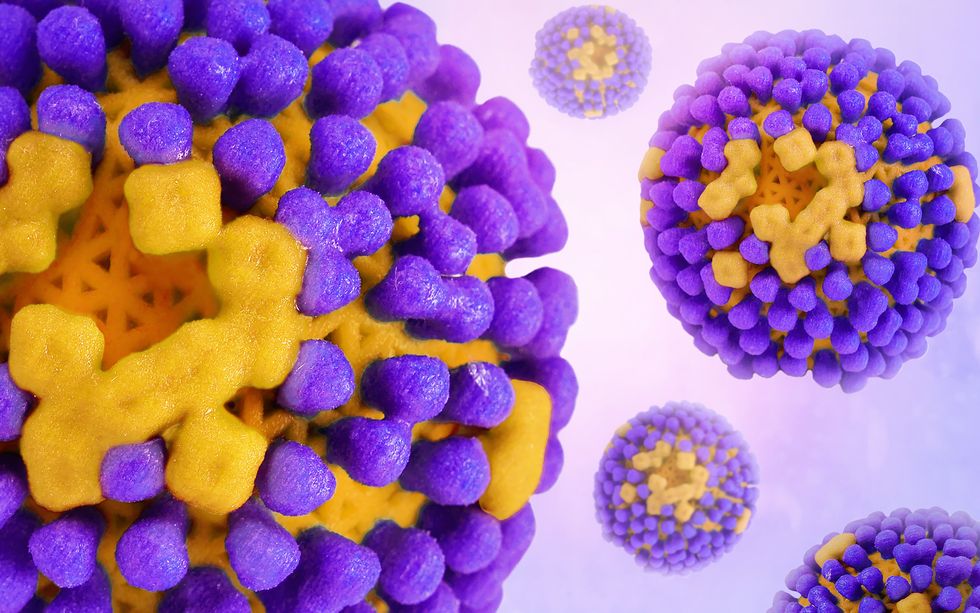Now Reading: 5 Breakthrough Technologies to Tackle Antimicrobial Resistance
-
01
5 Breakthrough Technologies to Tackle Antimicrobial Resistance
5 Breakthrough Technologies to Tackle Antimicrobial Resistance

Quick Summary:
- Antimicrobial Resistance (AMR): A major global health challenge declared by WHO, causing over 1 million deaths annually due to resistant bacterial, viral, fungal, and parasitic infections.
- Causes of AMR: Overuse of antibiotics in humans, animals, and plants; poor sanitation; lack of new medications; ineffective infection prevention methods.
- Technological Focus Areas:
– Diagnostic biosensors and wearables for faster detection at lower costs.
– Engineered antimicrobial surfaces to prevent germ propagation on frequently touched items like hospital beds.
– Smart biomaterials for controlled drug delivery targeting bacterial presence only.
– Cellular engineering to enhance immune cells rather than relying solely on antibiotics.
– Advanced computational modeling for drug progress efficiency using AI tools and algorithms.
- ERVA’s Role: The Engineering Research visioning Alliance held a two-day event supported by the U.S. NSF with collaboration among researchers from several disciplines to address AMR through long-term innovation strategies.
- Key Innovation Examples: Incorporating biosensors into smart devices or wearables, antimicrobial polymer composites that release agents upon contact, nano-drug delivery systems activated by pathogens.
Indian Opinion Analysis:
The comprehensive exploration by ERVA highlights the growing severity of antimicrobial resistance (AMR) as a pressing public health issue globally-and India faces unique challenges given its dense population and prevalence of antibiotic misuse in both clinical settings and agriculture sectors. Given India’s role as one of the largest producers and consumers of generic medications worldwide-with widespread improper prescriptions-such advancements could be transformative.
The detailed roadmap provided by ERVA focuses on five innovative technologies that promise scalable solutions-from point-of-care diagnostics through biosensors to advanced materials capable of limiting infection spread sustainably. For India specifically, adapting wearable technology or smart surfaces across rural hospitals where sanitation may lag behind urban centers might prove especially impactful.
Furthermore, India’s budding biotech sector can greatly benefit from focusing R&D investments into cellular engineering solutions highlighted in this report-not only developing genetically engineered immune cells but exploring novel AI-assisted models capable of designing cost-effective therapeutics rapidly amidst resource constraints typical lower-income every citizen affording direct-action therapeutics channels Read more : Read More

























